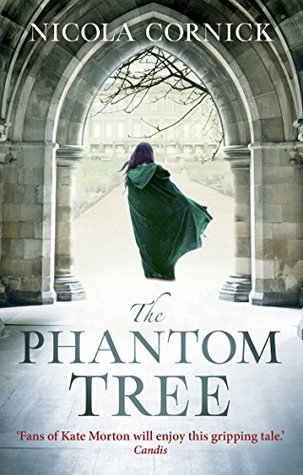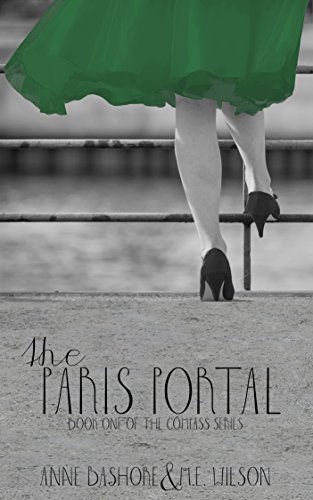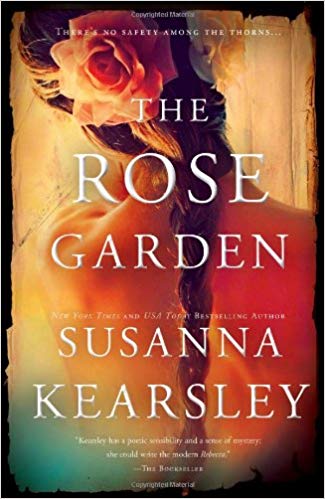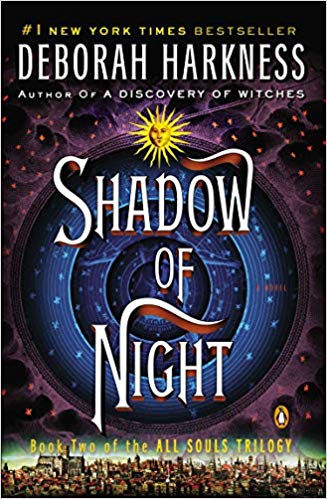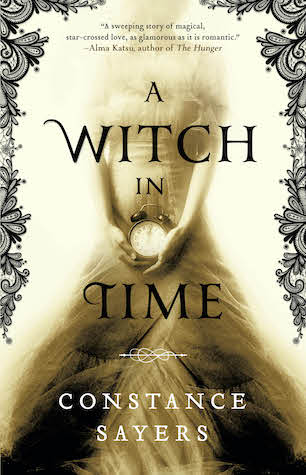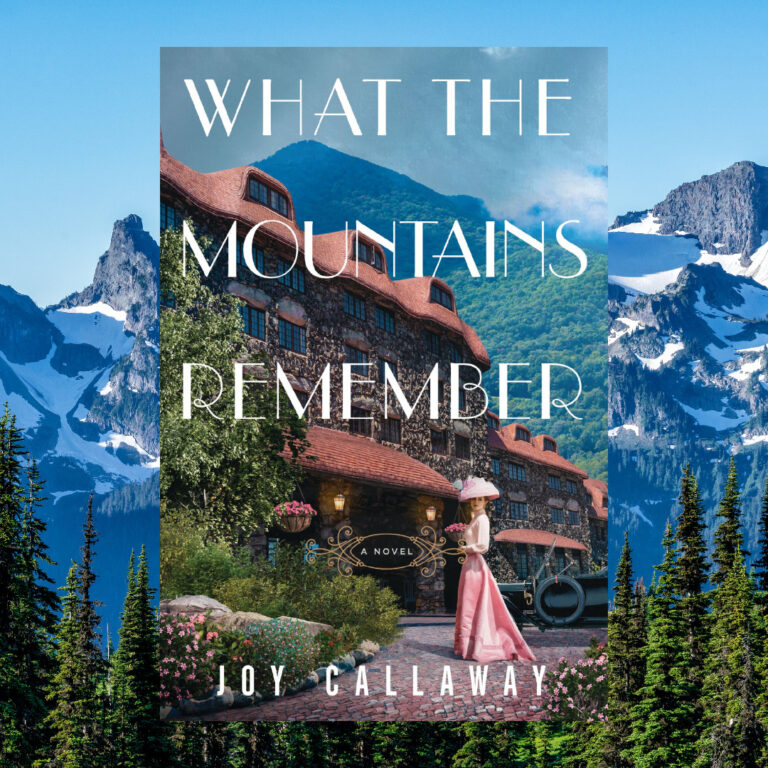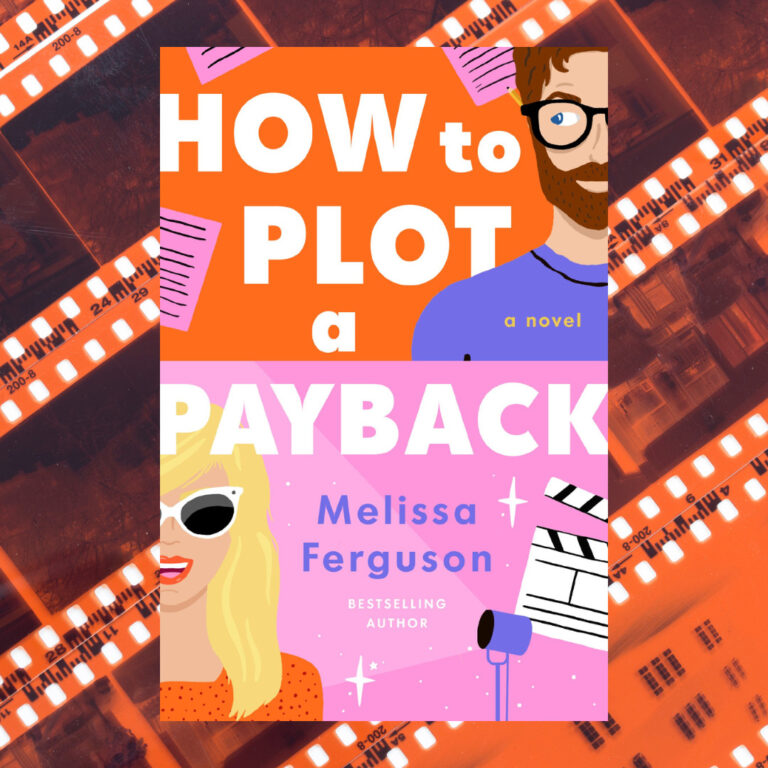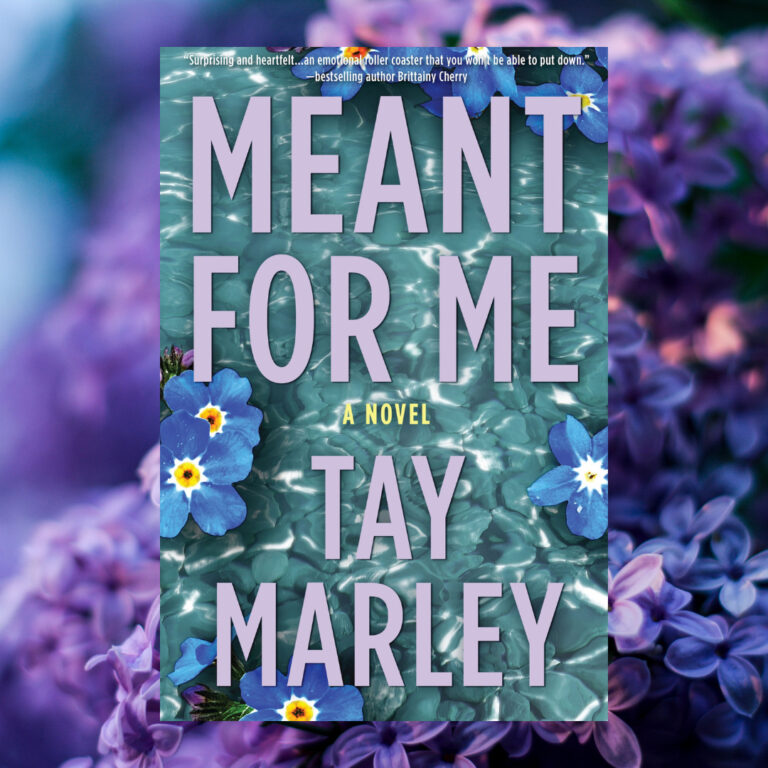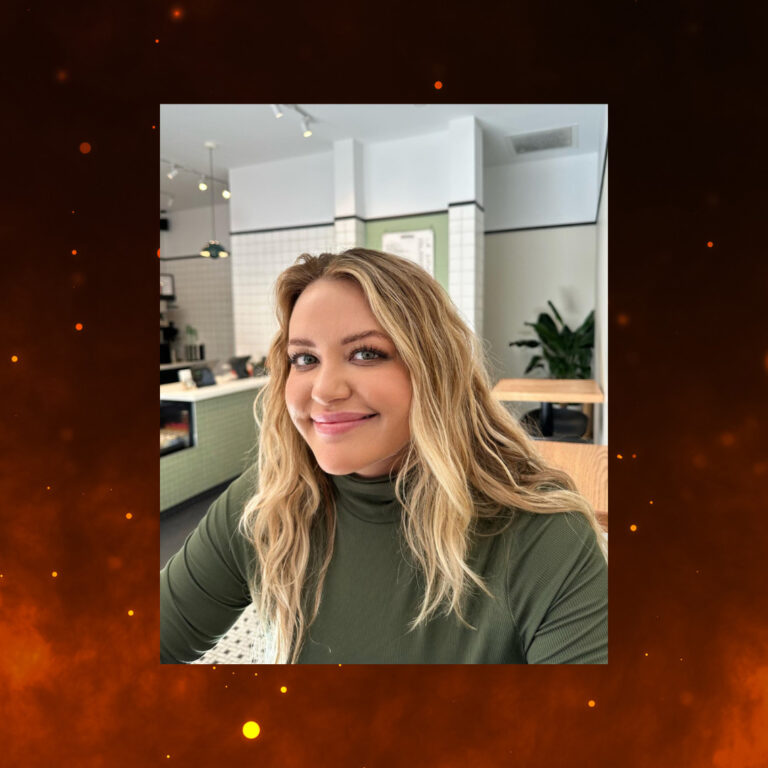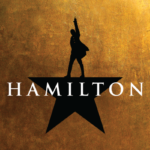[Note from Frolic: We are so excited to welcome Constance Sayers to the site today! She’s talking all about the importance of historical fantasy in romance. Take it away Constance!]
My mother was a romantic soul, never quite fitting in with the time slot she found herself living in. I have little doubt she would have made a fabulous Victorian lady. Instead, as a young girl set against the backdrop of WWII, she found herself cruelly separated from a boyfriend at the peak of their love story. Through letter writing, their romance continued as he went off to the European theater. Sadly, their love was not meant to be. You might think you know where this story is going—it was war after all—but I assure the gentleman returned from the Army safely, he just didn’t return to my mother. Six months into his tour, the young man mistakenly mailed her a letter addressed to “My Darling Anne” (my mom’s name was Barbara) and the romance (quite naturally) went caput from there. There were extenuating circumstances worthy of Sandra Bullock film in this situation, but nostalgic days, my mother chalked up the loss of him to fate and the challenges loving during wartime. As a kid, I recall being quite mesmerized by this story. It had all the makings of a great novel, but I also had an overwhelming desire to correct it and give her a different ending.
When you think of it, romantic love is a rather universal emotion—a combination of hormones and biology. I have little doubt that emotions swirling around love and romance in the 1800s were just as they are now, but there were very different rules of engagement. Many times, I’ve heard it said that the appeal of historical fiction is a return to a simpler time, but in regards to romance, I actually think the opposite is true. Swiping right on Tinder these days is far easier than the confining dating rituals of the past. A great headline from Quartz’s Matt Philips on marriage prospects after the death of 1.4 million men post-war, read, “Think a Good Man is Hard to Find Now? Try France After World War I.” The point is that neither life, nor romance were simpler “back then.” Rewind even further to the Victorians where marriage was more of a business arrangement requiring a dowry, a good family, and a chaperone just to talk to your love interest (and touching was forbidden). But it is both precisely those rules that are so intriguing in the exotic backgrounds of a different time period. Historical fiction is escapism at its best. Fold in fantasy into historical fiction and it really takes it to another level.
In historical romantic fantasy, characters can move back and forth in time periods often changing the outcome or entangling themselves in places they don’t belong. Think finding a soul mate is hard today? What if your true love actually lives in Victorian England? (Binge stream the incredible Lost in Austen for that one!) The ability to transport between time is usually discovered accidently during times of crisis or reflection and involve antique shops, secret passageways, fog, amulets and other devices allow characters to, not only witness other times, but often require them to choose between altering the outcomes or remaining in another time to where they are drawn.
This desire to transcend the limitations of history is where the historical fantasy novel is at its most powerful. The German philosopher Novalis said that “Novels arise out of the shortcomings of history.” Diana Gabaldon does this so well in the Outlander series. Claire Randell (later Fraser) is deposited from the future—into the Scottish Highlands in 1743. She is from another time, both literally and figuratively, but despite the frustration of the gender limitations imposed on her by the 18th century, escape for her is always a delicious possibility if she can just make it back to the stones at Craigh na Dun. Most women (like my mother) didn’t have a stone to travel through, but were, instead, stuck in the time period dealt them. But, with Gabaldon’s wide brush, Claire can step back and forth in time like she’s tasting a sampler platter. It’s a wonderfully re-imagined and different ending for the women of history like my mother, who often weren’t given voices and didn’t get the outcomes we wanted for them.
Here are four historical fantasy novels that I recommend:
The Phantom Tree by Nicola Cornick
In what might be one of the best examples of a historical fantasy novel, Nicola Cornick grabs the reader from page one and doesn’t let go. In a quaint, modern-day antiques shop, Allison Bannister sees a painting of Anne Boleyn from 1557. Yet, Allison knows that it isn’t Anne Boleyn at all, but actually a portrait of Mary Seymour. How does Allison know that? Because she knew Mary Seymour and left her child in the care of the woman before she traveled through time. Nicola Cornick is masterful in bringing the 1500s to life. This is a marvelous back and forth in time read.
The Paris Portal by Anne Bashore and M.E. Wilson
This richly imagined and wonderfully detailed novel centers on Daphne Seidler, a Traveler, who can move through time. In modern day, she works for The Society and travels back in time to retrieve lost works of art. The first book in The Compass Series, this installment has Daphne deployed a mission to Paris in 1925 to confirm the existence and location of a painting. While the assignment sounds simple enough, it isn’t. She meets—and falls in love with Julien Lefevre, the son of a Parisian crime boss who Daphne knows will meet an early death. Will she leave him to his fate or intervene? The details on this novel are rich and real. This book will have you reading through the night!
The Rose Garden by Susanna Kearsley
Susanna Kearsley is the queen of the romantic “time slip.” Any of her novels are wonderful, but my favorite remains The Rose Garden. After the sudden loss of her sister, Katrina, Eva Ward is nostalgic for her childhood summer in Cornwall. Once there though she is transported back 300 years and finds herself falling in love with Daniel Butler who is seemingly not of her time. Eva must reckon with the fact that she may be living in the wrong time. Any of Kearsley’s novels are a great way to lose yourself for a weekend. Kearsley has meticulous attention to detail and lush settings.
Shadow of Night by Deborah Harkness
Deborah Harkness is another master of the historical romantic fantasy. In her sequel to the wildly successful Discovery of Witches, Diana Bishop and Matthew Clairmont are forced on the run and must use Diana’s abilities to travel back in time to Elizabethan England. There, Matthew is reunited with his friends from the past (Christopher Marlow, George Chapman in particular), all part of the School of Night movement, in order to discover more about the mysterious manuscript, Ashmole 782. A novelist with a PhD in history, Harkness’ books are always richly researched. While you don’t need to necessarily read (or stream) Discovery of Witches to appreciate this book, it is recommended.
As an Amazon Associate, we earn from qualifying purchases.

About the Author:
Constance Sayers is a media executive who has twice been named one of the “Top 100 Media People in America” by Folio. Her short stories have appeared in Souvenir and Alternating Current as well as the anthologies Amazing Graces and The Sky is a Free Country. Her short fiction has been nominated for the Pushcart Prize and Best of the Net.
She received her M.A. in English from George Mason University and graduated magna cum laude with a bachelor of arts in writing from the University of Pittsburgh. She attended The Bread Loaf Writers Conference where she studied with Charles Baxter and Lauren Groff. Currently, she’s a media executive at Atlantic Media and she’s twice been named one of the “Top 100 Media People in America” by Folio and included in their list of “Top Women in Media.”
She lives outside of Washington DC and is the co-founder of the Thoughtful Dog literary magazine.
A Witch in Time by Constance Sayers, out Feb. 11th!
A young witch is cursed to relive a doomed love affair through many lifetimes, as both troubled muse and frustrated artist, in this haunting debut novel.
Helen Lambert has lived several lives-a young piano virtuoso in 1890s Paris, an actress in 1930’s Hollywood, a rock star in 1970s Los Angeles-only she doesn’t know it. Until she meets a strange man who claims he’s watched over her for centuries, bound to her from the beginning.
At first, Helen doesn’t believe him. Her life is as normal as any other modern career woman’s. Then she begins having vivid dreams about ill-fated love and lives cut short.
Caught in a curse, Helen will be forced to relive the same tragic events that ruined her previous lives. But with each rebirth, she’s developed uncanny powers. And as the most powerful version of herself, Helen must find a way to break the curse before her time runs out.


